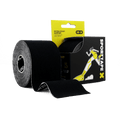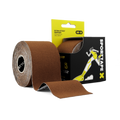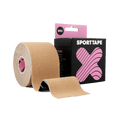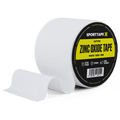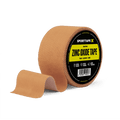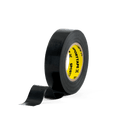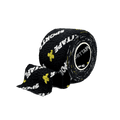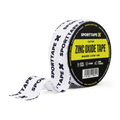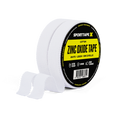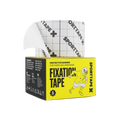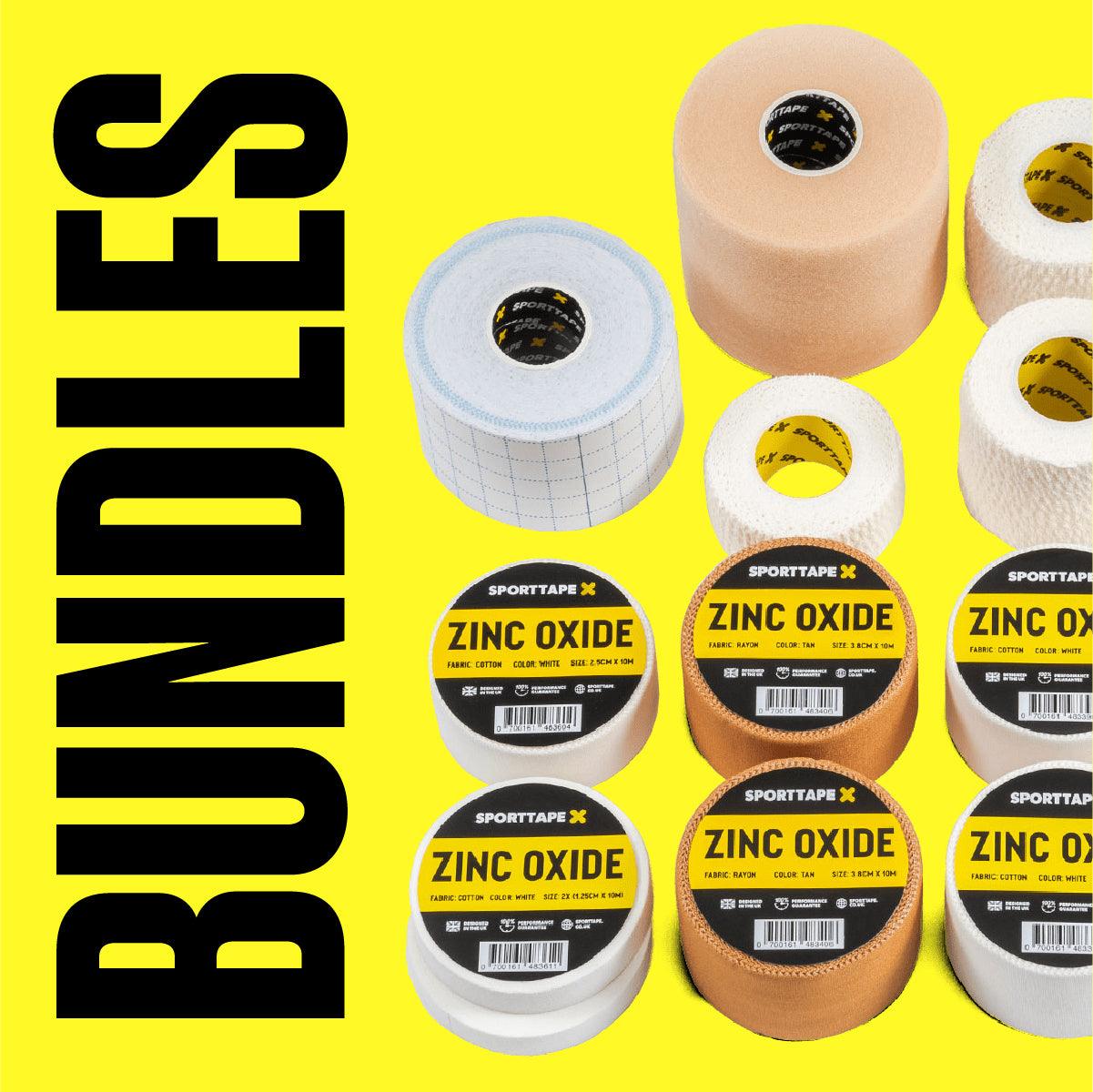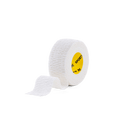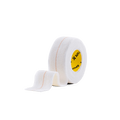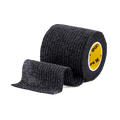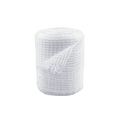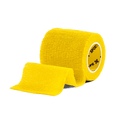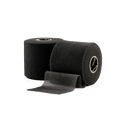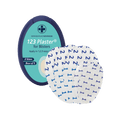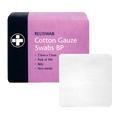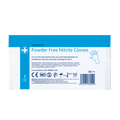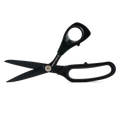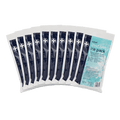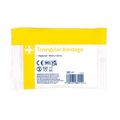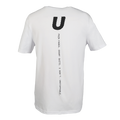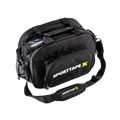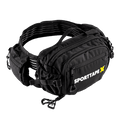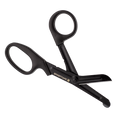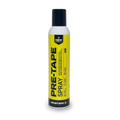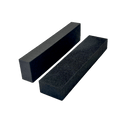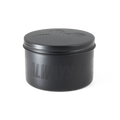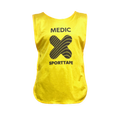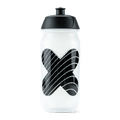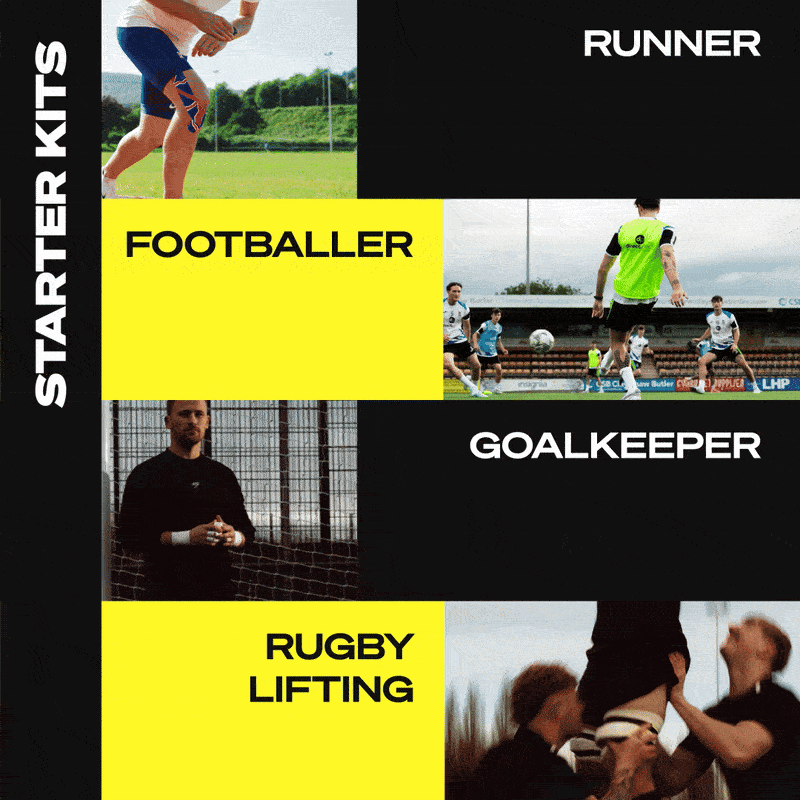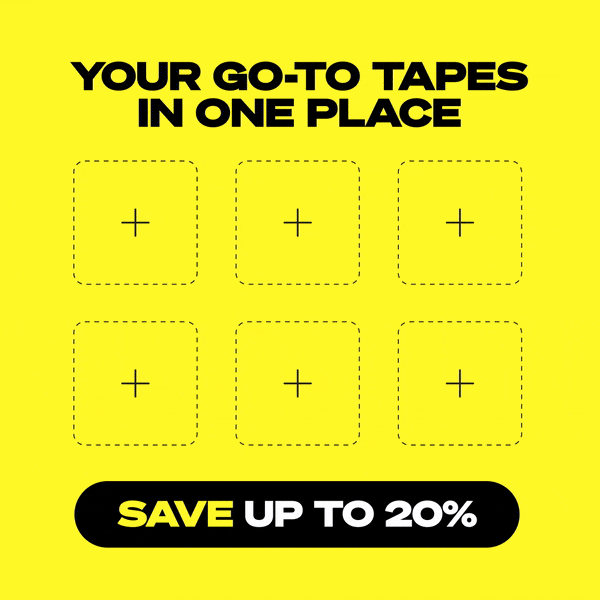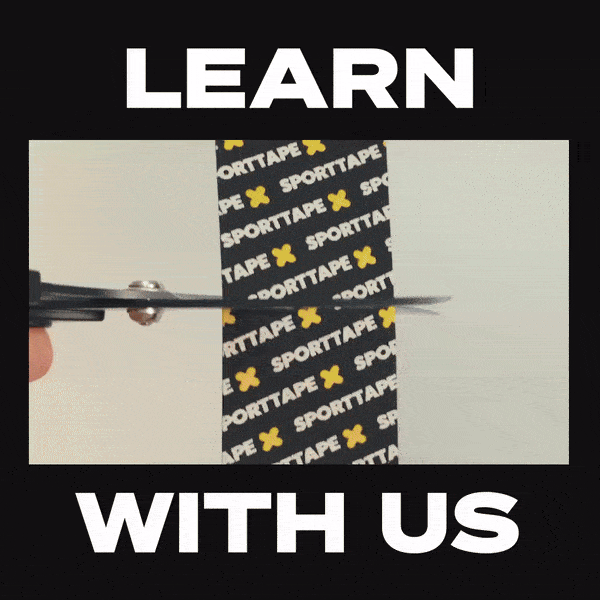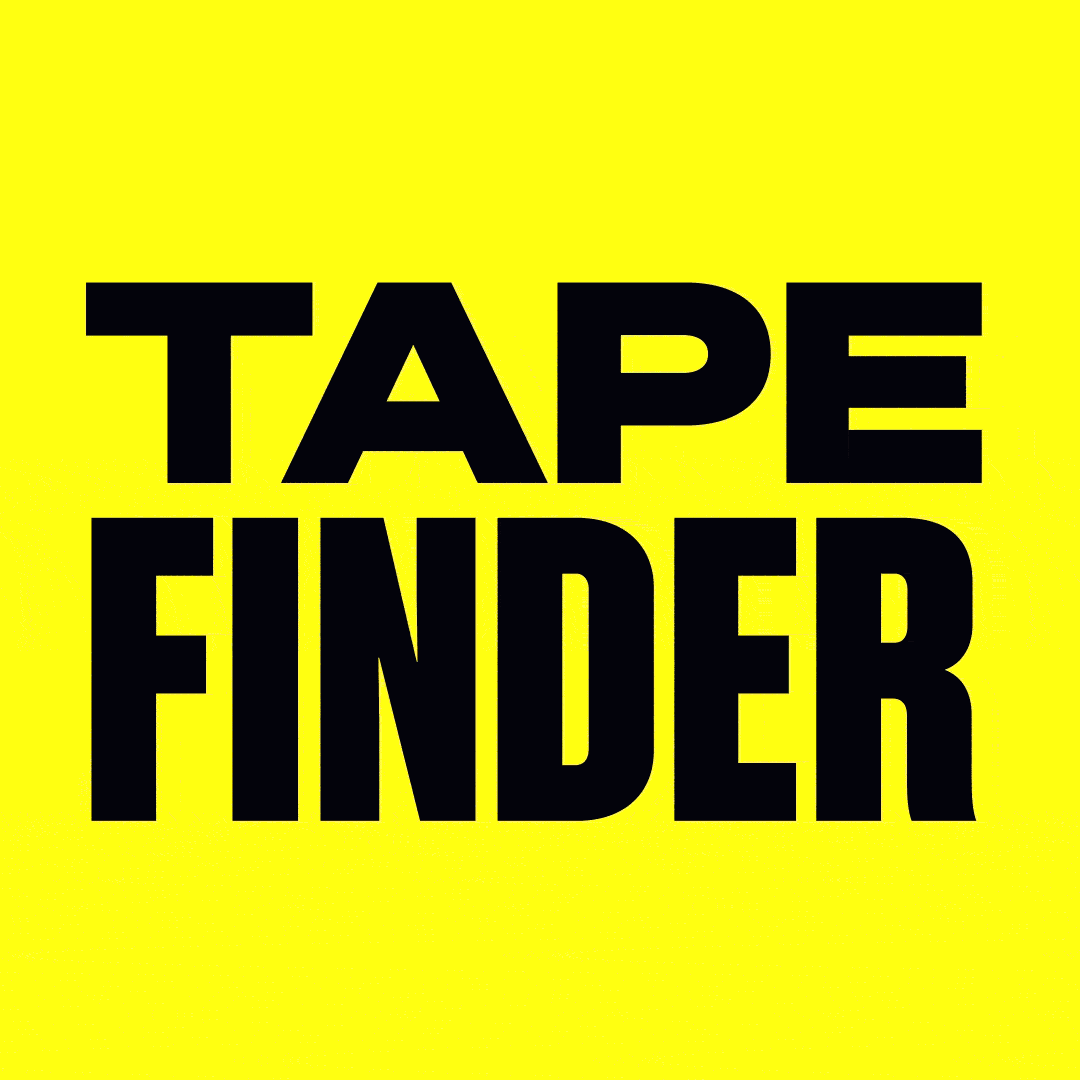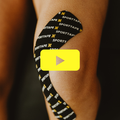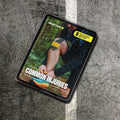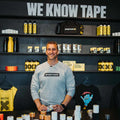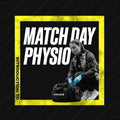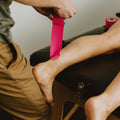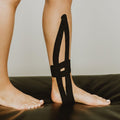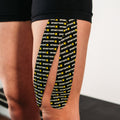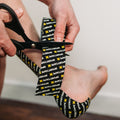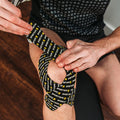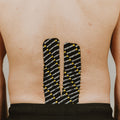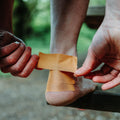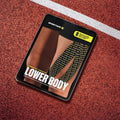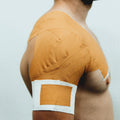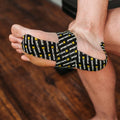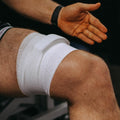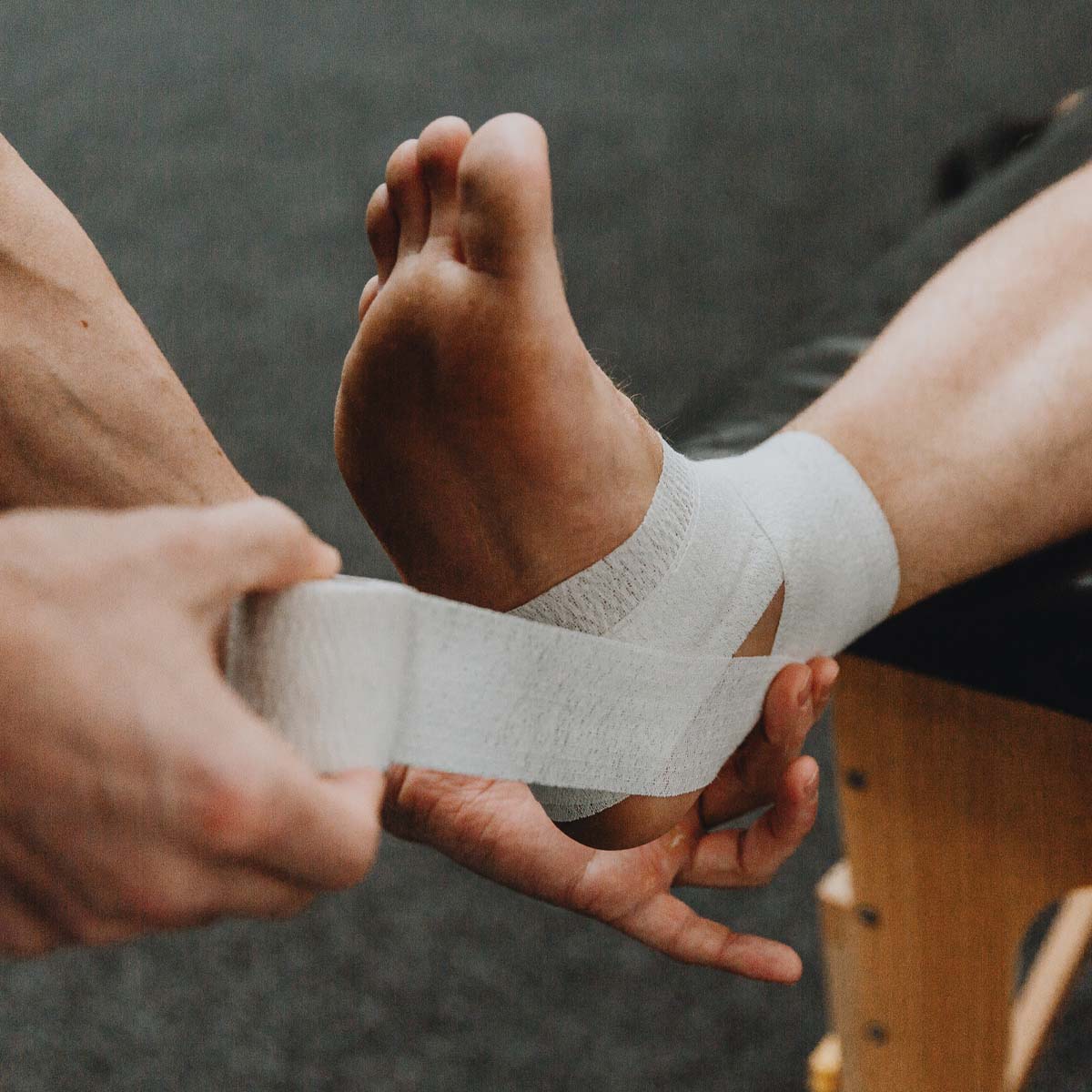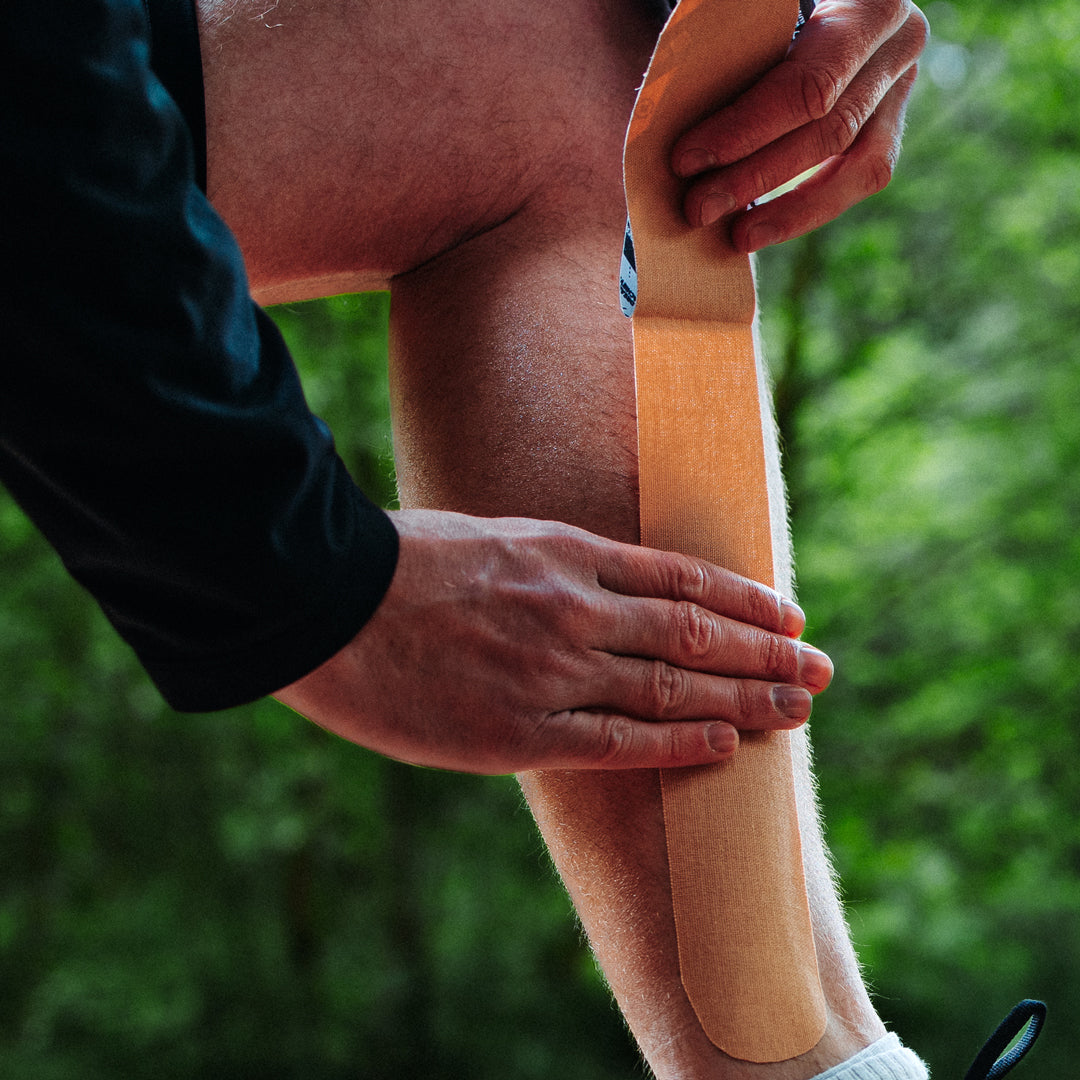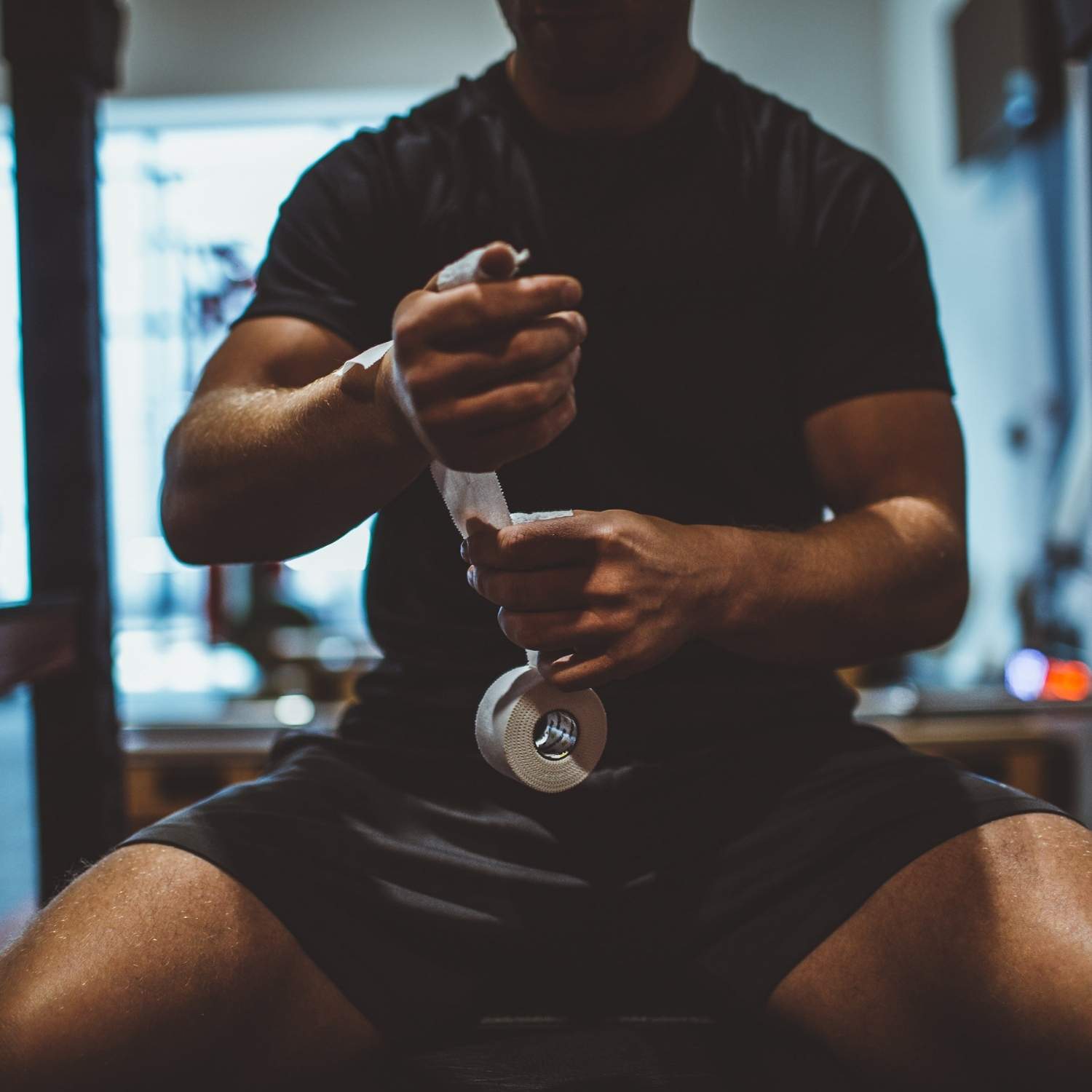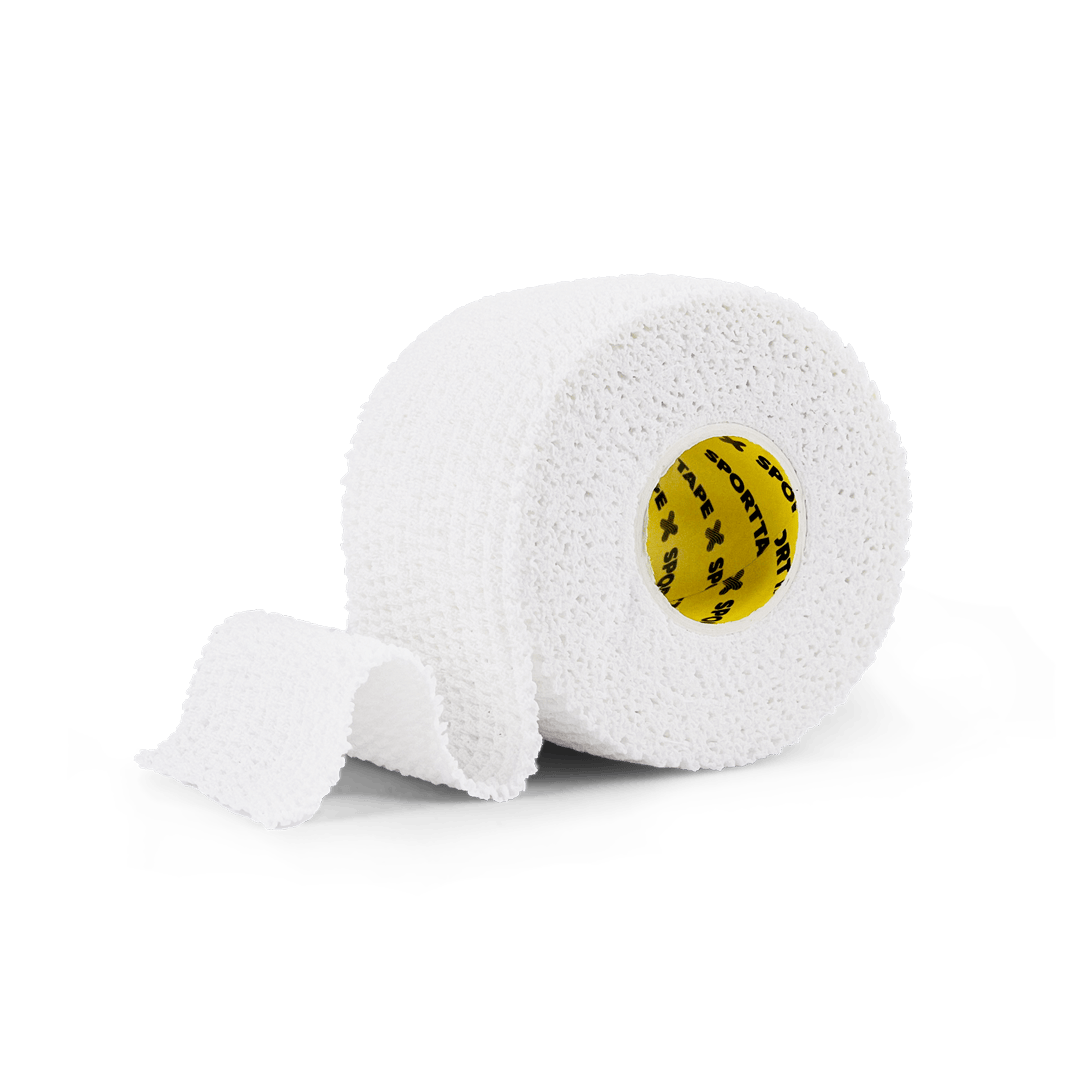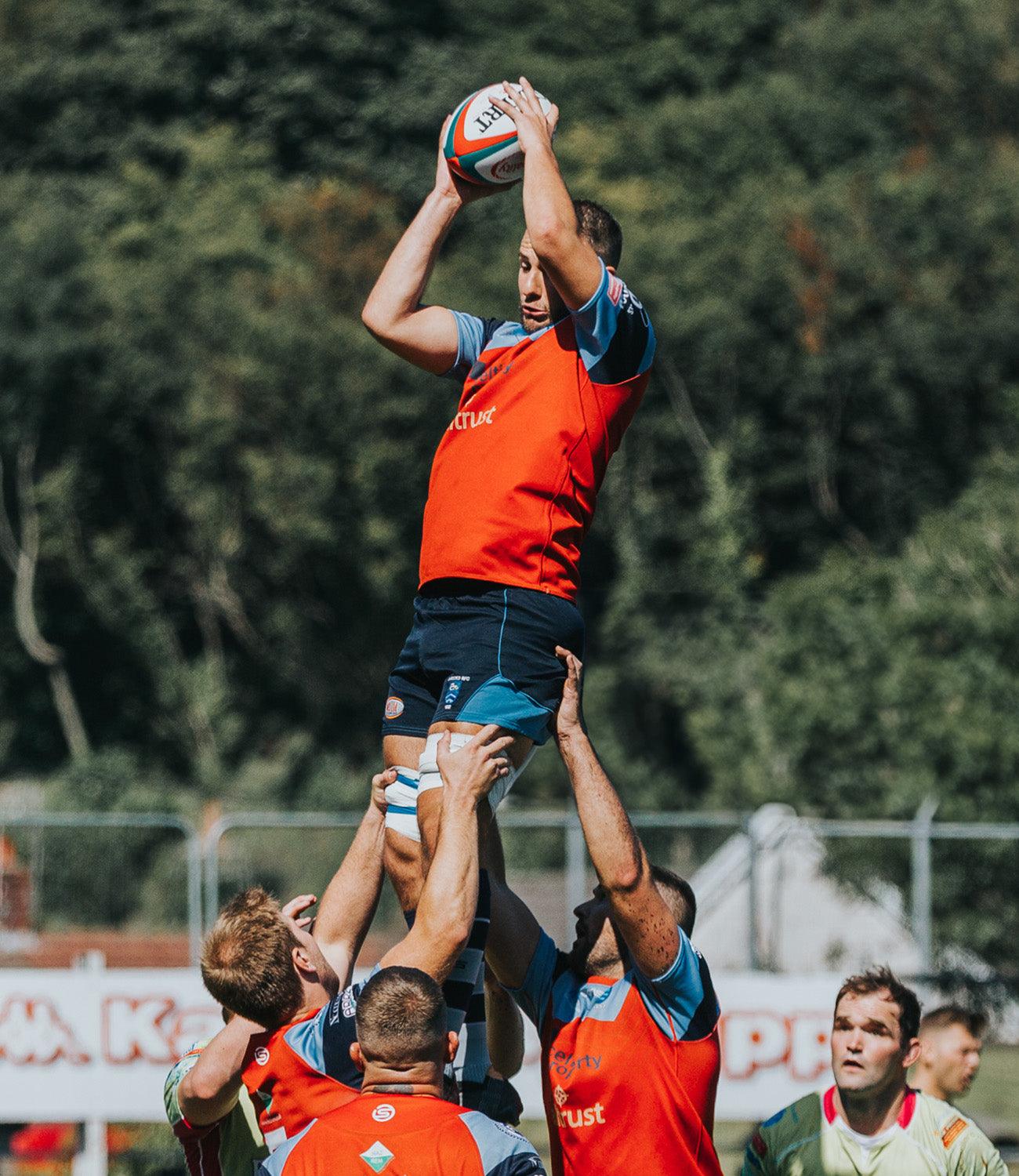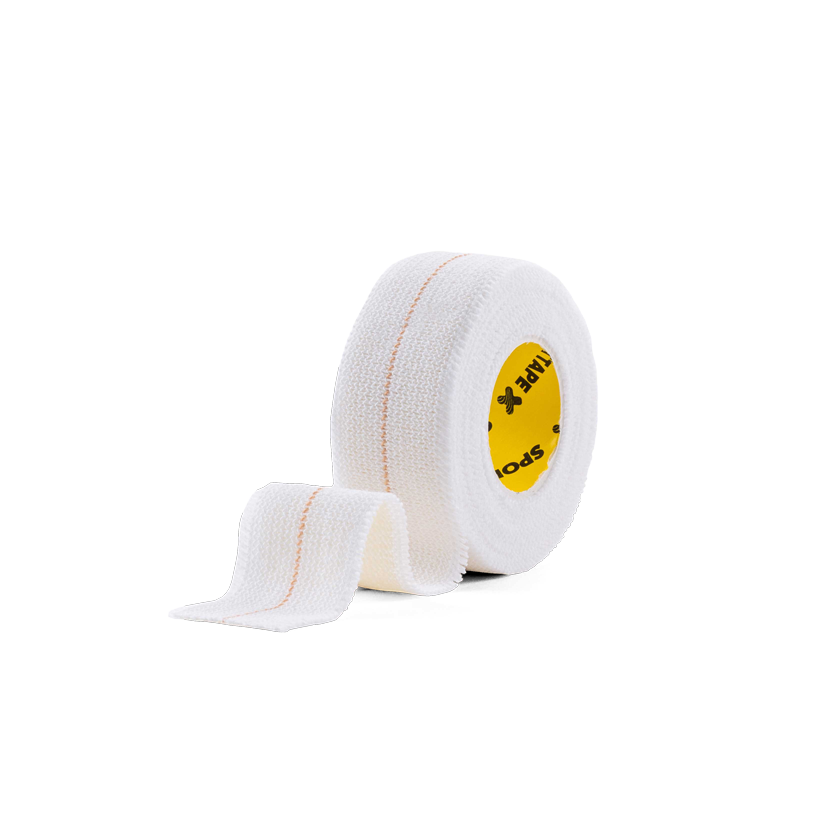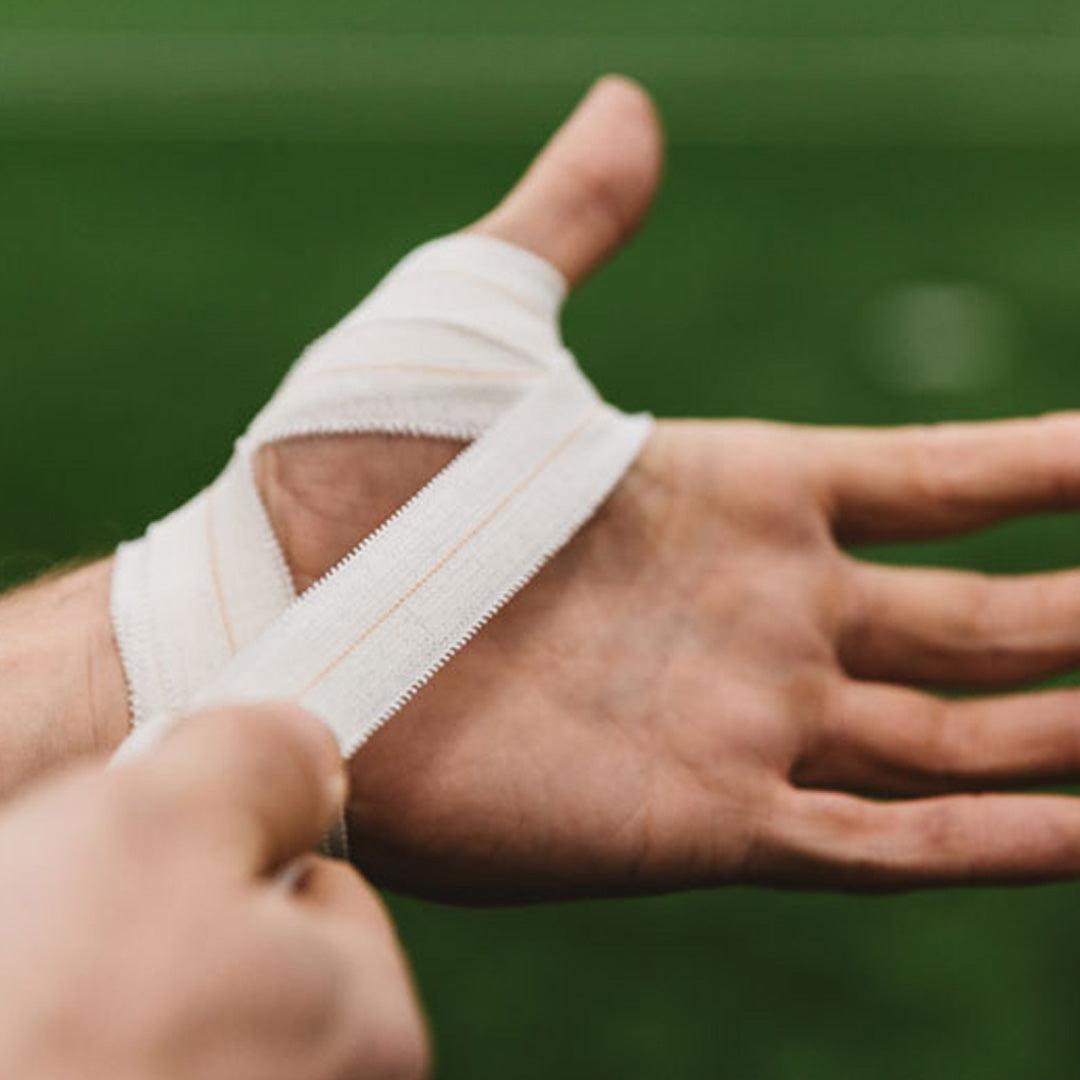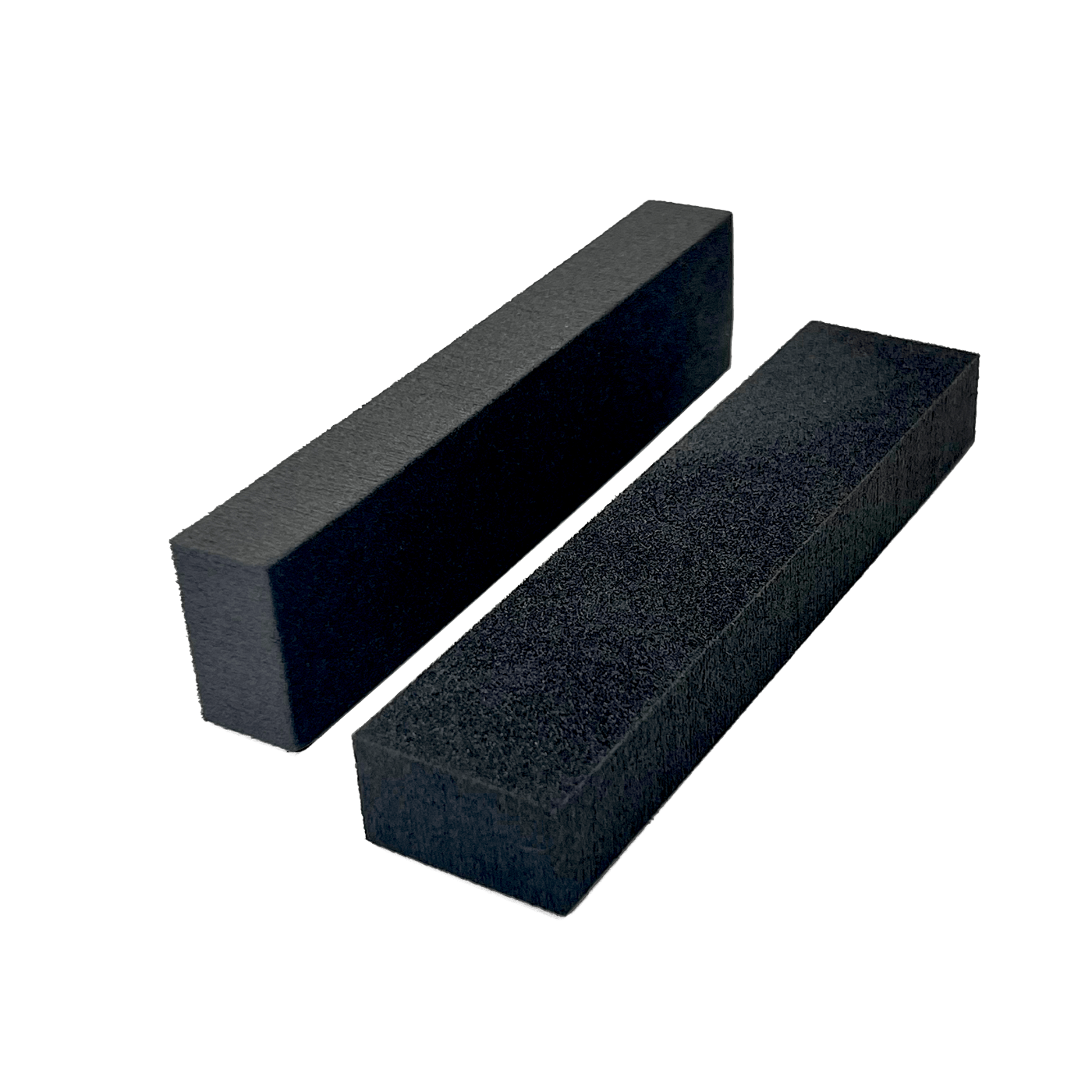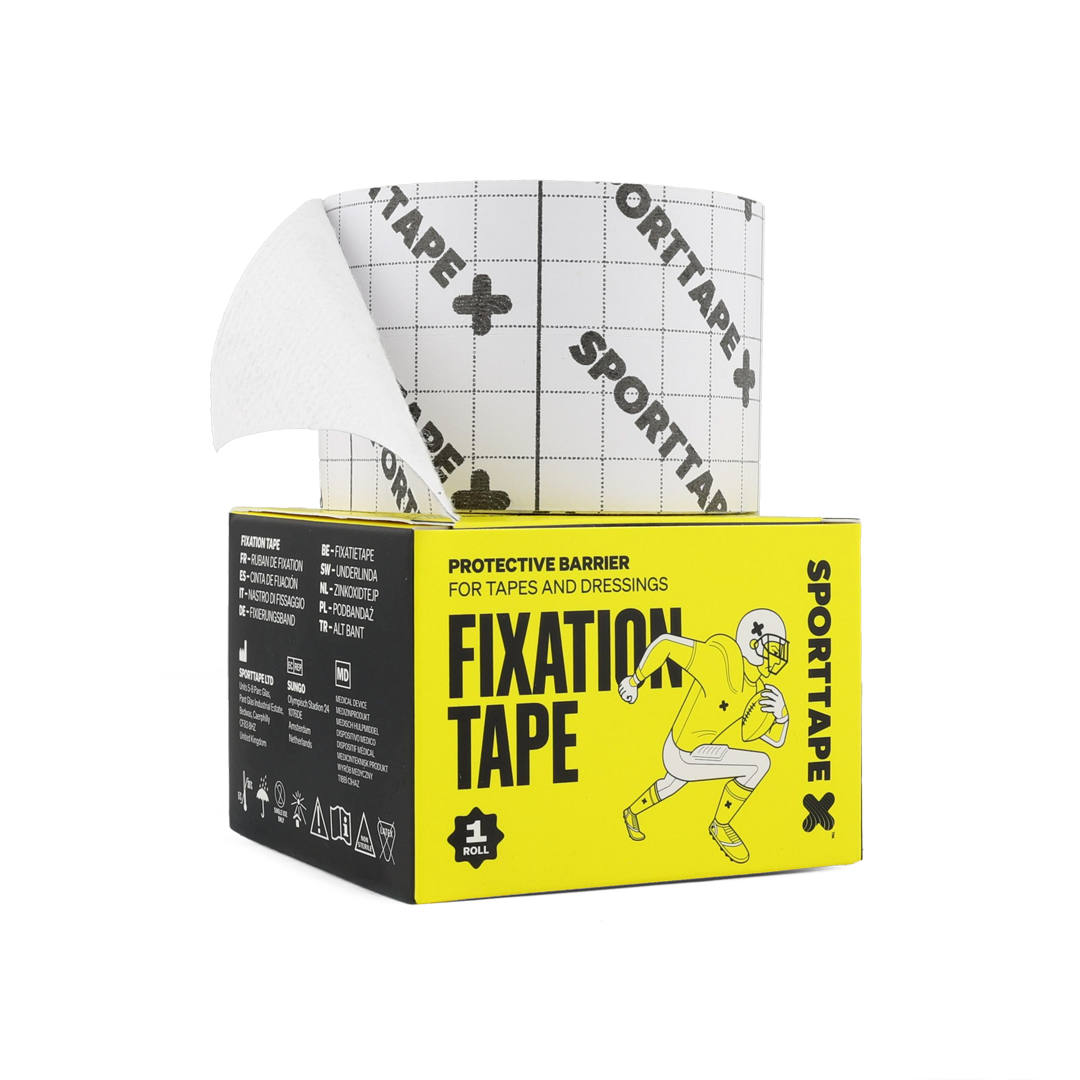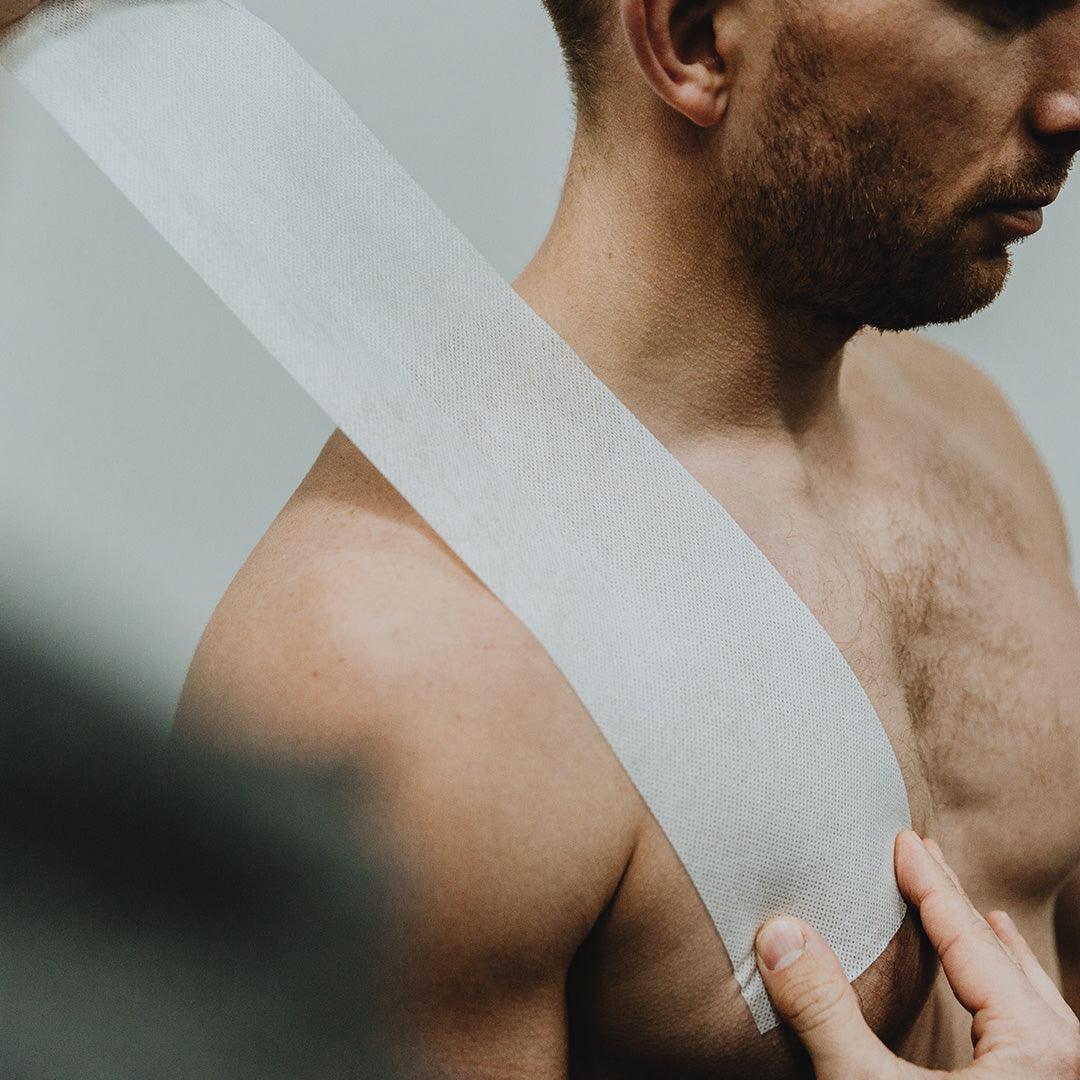It's gotten to the point where EAB Tape is widely referred to as Rugby Tape. It's rare you'd go to a game and not someone covered in the stuff.
Originally created to provide flexible support, Elastic Adhesive Bandages (EAB) have become widely adopted in sport due to their versatility. There are two types of EAB; Tearable and Non-Tearable (but it is known simply, and confusingly, as EAB).
This quick and easy to read guide will help you choose the best one for you and your club. We'll take a look at how you can test the properties of the tape and exactly why they matter. Let's do this.
HOW TO TEST YOUR EAB TAPES :
WHAT IS EAB TAPE?
Let's just add as much context as possible before we properly get into this. Elastic Adhesive Bandage is the most versatile rugby tape in your kitbag. It can be used for everything from providing light support and compression, to protecting thumbs and wrists. And it goes without saying, but it can be used for any sport, it's just used most commonly in rugby.
You're going to want to choose Tear EAB for faster taping. That's what makes it the more popular of the two options nowadays. It's stretchy, lightweight, and strong. That makes it perfect as an in-game compression bandage. It’s the tape you’ll see most often around the thighs of your favourite second row, keeping their lifting blocks secured.
Now let's take a look at what you need to be looking out for when you choose your EAB Tape.
TENSILE STRENGTH AND STRETCH
Like we mentioned, Tear EAB is, hand-tearable, lightweight, flexible and often used for compression, light support or covering a Zinc Oxide application. Whereas, a Non-Tear EAB is made from a slightly heavier fabric, is semi-rigid and has a much higher tensile strength. It’s suitable for supporting non-weight bearing, but heavily loaded, joints such as shoulders, elbows and knees.
It's very much a preference thing. People who have been working as sports physios for 20-30+ have traditionally favoured Non-Tear EAB, but that probably wouldn't be the case for someone newer to the industry.
HOW TO TEST
Apply an even force to the ends of the tape in opposite directions (pulling one end of the tape away from the other).
Tear EAB should require light force to stretch but not feel loose and have a strong end-point. It should have a maximal stretch of 170%.
On the flip side of that, Non-Tear EAB should require more force to stretch and have a stronger recoil. It will comfortably stretch to 130-140% with reasonable force. Finally, you should not be able to rip the tape by hand.
RECOIL
The ability of an EAB to recoil to it’s original length is really important in order to provide the correct level of compression and support to the area you're taping. As muscles heat during a game, they'll expand, and if the tape cannot expand and recoil with the muscle, then your application will end up loose and needing to be replaced.
You're going to want to look for an EAB Tape with a decent recoil.
HOW TO TEST
Hold the tape for a few seconds under tension (at a realistic level of stretch), the recoil force should remain consistent. Then, let it go and see if it maintains its original structure and recoils to it’s original length. If you can't tell, then that's usually a good sign.
ADHESION
The adhesion of a tape is just as important as its strength. It sounds obvious, but you need to be confident that an application will last. Is it sticky enough? Let's put it to the test.
HOW TO TEST
The glue should feel tacky to the touch but not excessive or as aggressive as Zinc Oxide Tape. Take a closer look, the glue covering should be consistent.
We prefer a porous glue pattern on the fabric. This allows moisture to wick away from the skin and fabric. Preventing it from becoming heavy and loosing tension when wet. A simple touch test should give you a clue of how sticky it will be.
PEEL
The peel of a tape is a sure sign of the quality in your hands. A good tape will peel away from the roll smoothly and with moderate resistance. If you're struggling to pull it away, or it's peeling away with absolutely no effort at all, that could be a red flag.
HOW TO TEST
Simply unwind the roll as if you’re applying an application. If it comes off with very little resistance, or jumps, that is usually the sign of a weak glue; conversely if it is difficult to unwind you will struggle to perform multiple applications, especially when time is of the essence.
The peel should be consistent and smooth, all the way down to the core. This makes it easier to apply your application with the same tension and use also use the entirety of the roll.
RIP
The ability to rip a tape by hand (not with your teeth!) is really important if time is of the essence, which it usually is if you're a pitch-side therapist. However, it is important that any hand-tearable tape, such as EAB, can be ripped cleanly without excessive fraying.
HOW TO TEST
Tear EAB should be quick and easy to rip. Unroll a small amount of tape, pinch the tape between your index fingers and thumbs, and rip the tape. It should feel crisp and leave a relatively neat edge.
Non-Tear EAB should be completely impossible to rip by hand and should need scissors in order to cut it to length.
And that's it! It's definitely one of our favourites and now that you know how to identify a good roll of EAB. If you're a sports therapist, get used to seeing this tape, if you're a player, get used to seeing this tape around your joints and if you have any more questions for us at all, get in touch! We'd love to help.


